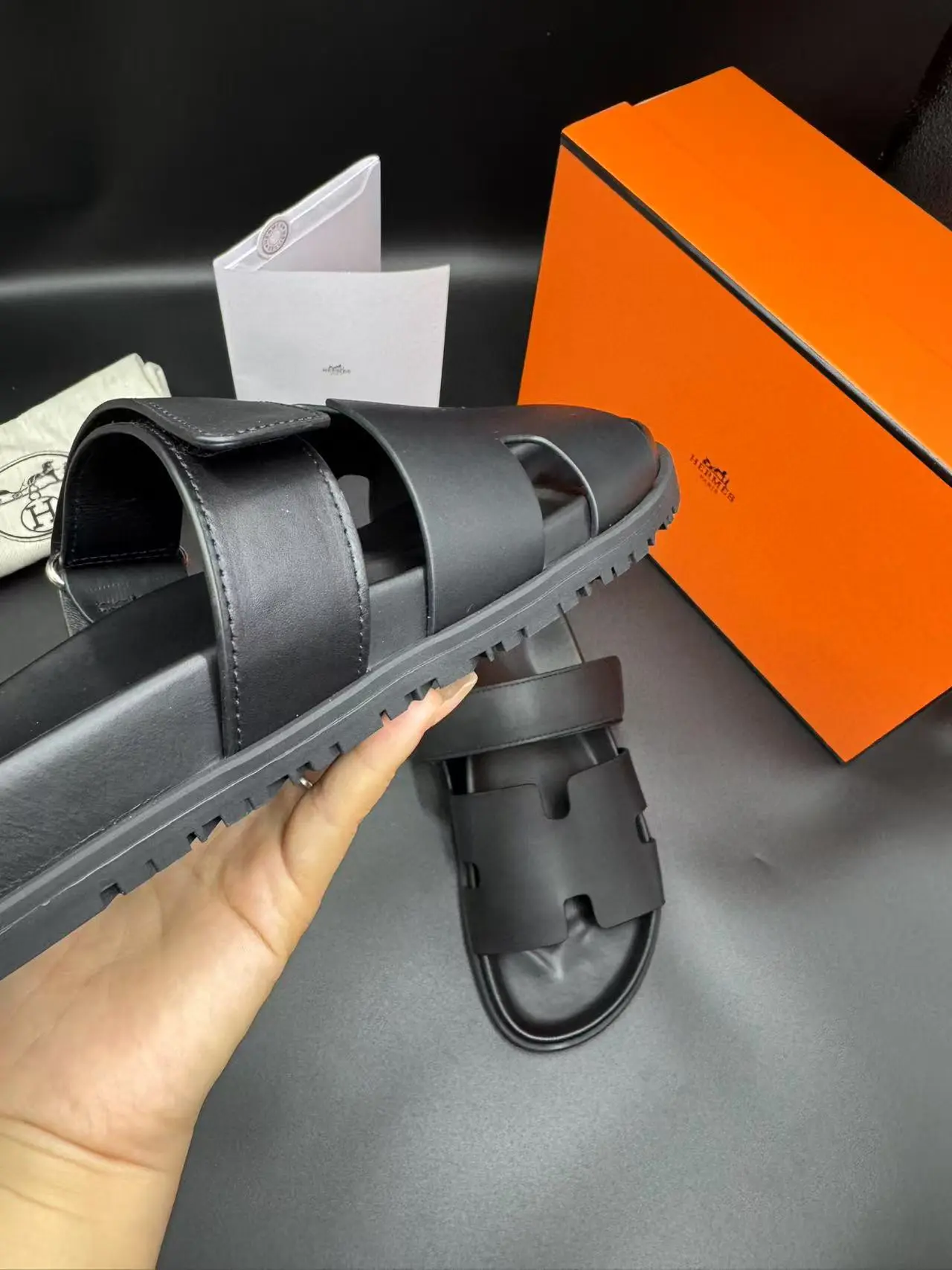
A charming symphony of squeaks: Uncovering the mystery of leather shoes
For connoisseurs of fine footwear, there are few things more disturbing than the unexpected squeaking sound from leather shoes. These are more than just accessories, they embody traditional craftsmanship, meticulous design and significant investment in luxury. When a pair of smooth calfskin oxfords or custom-made ankle straps start making noise with every step, it feels like a betrayal of the artistry promised by the manufacturer. But don’t worry: squeaking is rarely a death sentence for your precious shoes. Rather, it is a solvable dialogue between material, structure and environment.
In this deep dive, we’ll explore why even the most unique leather shoes squeak, how to gracefully silence them, and science-based strategies to preserve their legacy for decades.
Anatomy of a Squeak: Why Luxury Leather Shoes Protest
Squeaking occurs due to friction, tension, or moisture damage within the shoe’s layers. Unlike mass-produced footwear, luxury shoes are made with complex construction (e.g., Goodyear welts, Norwegian stitching) and premium materials that, ironically, can amplify noise if imbalance occurs.
Common culprits
-
Insole-sole interface
High-end shoes often feature leather insoles that mold to the foot over time. When the insole moves relative to the midsole or the adhesive weakens (due to humidity or wear), the tiny movements can create friction, which can lead to squeaking. -
Leather "memory"
Full-grain leather, although extremely soft, retains its tension during long-lasting processing. As it intrudes or reacts to changes in humidity, the fibers may shrink or expand unevenly, causing an audible groaning sound. -
Hidden adhesive
Even hand-sewn shoes rely on adhesive in areas like the heel block or toe reinforcement. Environmental changes (for example, transitioning from humid summers to dry winters) can cause these adhesives to harden or crack, causing noise. - structural stress point
Custom shoes made specifically for your foot may squeak at the inflection point if the leather tan (such as vegetable versus chrome) conflicts with your gait.
Silence the symphony: professional solutions for discerning homeowners
When it comes to luxury shoes, radical DIY hacks like WD-40 or soaking soles in oil are sacrilege. Instead, choose these elegant, preservation-first methods:
1. The art of rehydration
question: Dry leather will lose its elasticity and the panels will squeak when rubbed.
Make it fixed: Apply a luxurious leather conditioner (such as Saphir Médaille d’Or) sparingly to the upper, focusing on flexed areas. For shoe soles, leave damp (not wet) cedar shoe trees inserted overnight, their moisture will gently rejuvenate the insoles without losing their shape.
2. Strategic lubrication
question: The friction between the insole and sole.
Make it fixed:
- For removable insoles: Dust the bottom pure talc—The Savile Row shoemaker’s technique for reducing shear forces.
- For fixed insoles: Cobbler can inject Medical grade silicone The layers are connected through discreet access points to ensure that the aesthetics are not compromised.
3. Reconnect the heel and sole
question: Remove the heel block or worn top lift mechanism.
Make it fixed: Visit a professional shoemaker (such as one in Paris Botier Modern or new york city Nelson) for heat-activated bonding treatments. Avoid standard glues – they lack flexibility, causing recurring problems.
4. Cork filling refill
question: Goodyear welted shoes use cork filling, which compresses unevenly over time, causing instability and noise.
Make it fixed: A master shoemaker can replace the cork – restoring the performance of your shoes in just 1 hour "Footbed memory" Reach factory accuracy.
Prevention: Curate a Squeak-Free Collection
-
climate control
Store shoes in a consistent environment (55-60% humidity). Use silicone packs in storage cabinets to combat moisture. -
spinning ritual
Never wear leather shoes continuously. The 48-hour rest allows moisture from wear and tear to evaporate, preventing damage to the adhesive. -
trees and tents
Always use cedar shoe trees – they maintain their shape and Absorb moisture. Store shoes in breathable cotton dust bags, never plastic bags. - Professional prevention
Twice-yearly check-ups with a professional shoemaker can prevent problems. Adhesive inspection and sole resealing are required at the time of resoling.
Conclusion: Harmony restored
Squeaky leather shoes are not an indictment of quality, but a call to go deeper into your collection. Like a Stradivarius violin, a fine shoe thrives on expert care and an understanding of its material soul. By treating squeaks as diagnostic clues rather than defects, you can respect the craftsmanship behind each pair of shoes while extending their life into heirloom territory.
In the realm of luxury, patience and precision conquer all. Your shoes deserve it.
FAQ: Troubleshoot specific issues
Q1: Will squeaking cause permanent damage to my shoes?
Squeaking is rarely damaging in and of itself, but can escalate into structural damage if its underlying cause (e.g., leather drying, adhesive failure) is ignored. Early intervention is key.
Question 2: Should I return my squeaky custom shoes to the manufacturer?
Yes – if your shoes squeak within a few weeks of purchase, consult a craftsman. Custom pairs may require minor adjustments to alignment or tension points at no charge.
Q3: Are certain leathers more prone to squeaking?
Calfskin and patent leather are louder due to their tighter fibers. Oiled leathers (such as museum calfskin) and soft-shell cordovan are resistant to noise thanks to the natural wax they contain.
Q4: Will shoe polish worsen squeaking?
Inferior quality wax may crack and create friction. Use a cream to moisturize and limit the wax to your head/toes. Always polish thoroughly.
Q5: Can cobblers eliminate squeaking 100%?
In most cases, yes, but some vintage or exotic leathers may retain a faint “character sound.” Think of them as bronze’s audible cousin.
Q6: How to eliminate squeaking during activity?
Applying a small amount of unscented balm between the sole and insole at the ball of the foot can provide a discreet temporary fix.
For aesthetes who view shoes as wearable art, squeaking is nothing more than a fleeting dissonance in a perfectly composed composition. Armed with these insights, your steps will reflect only maturity—never complaining.



